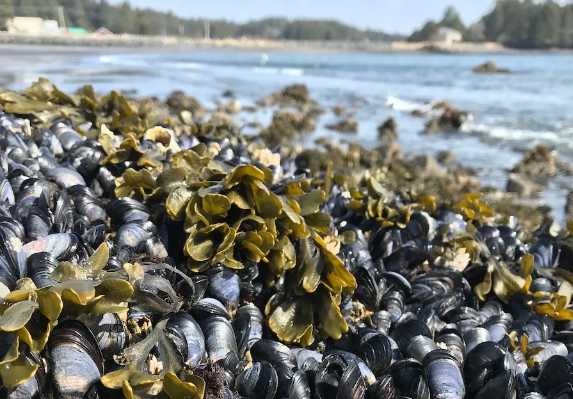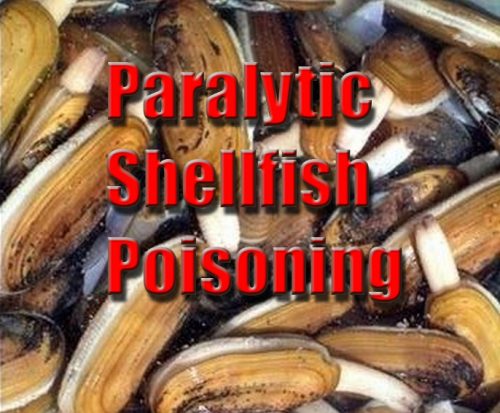
The Sitka Tribe of Alaska (STA) has formed the Southeast Alaska Tribal Toxins (SEATT) partnership with (6) other southeast Tribes to monitor harmful algal blooms (HABs) in Southeast Alaska.
SEATT was formed to unify southeast Alaska Tribes in monitoring HAB events that pose a human health risk to the subsistence shellfish harvester, such as paralytic shellfish poisoning (PSP). This monitoring effort will provide weekly data on the timing and distribution of HABs along with measurements of environmental conditions, indicators, and potential mechanisms that trigger HAB events.
In addition to STA, SEATT partners include: Klawock Cooperative Association, Craig Tribal Association, Yakutat Tlingit Tribe, Petersburg Indian Association, Organized Village of Kasaan, and Central Council Tlingit and Haida Indian Tribes of Alaska.
The National Oceanic and Atmospheric Administration (NOAA) Marine Biotoxin Programs from Seattle, WA and Charleston, SC have committed to provide training through workshops to help develop the SEATT program. STA is hosting a workshop in November for SEATT to provide training on sample collection techniques and data entry. NOAA staff will help facilitate the trainings using previously established protocols used by other HAB monitoring groups throughout nation.
Each SEATT Tribe has received funding through the Environmental Protection Agency (EPA) Indian General Assistance Program (IGAP) totaling $210K for fiscal year 2015, with plans to continue through 2017. STA has also been awarded an additional $150K from EPA IGAP to support SEATT with the bi-annual technical workshops and conduct cellular toxin analysis.
Additionally, STA received $527K for the development of a marine biotoxin lab in Sitka from the Administration for Native Americans’ Environmental Regulatory Enhancement program. The lab will provide the SEATT partners the ability to assess their communities’ vulnerability for human health risks following with the same regulatory standards used by other state and federal agencies.
The STA lab will conduct toxin analysis on shellfish using the new Receptor Binding Assay (RBA) technique developed at the NOAA Charleston laboratory. The RBA was just recently accepted as a regulatory method used to determine toxin levels in shellfish by the Interstate Shellfish Sanitation Conference (ISSC) and has been adopted into the National Shellfish Sanitation Program (NSSP).







